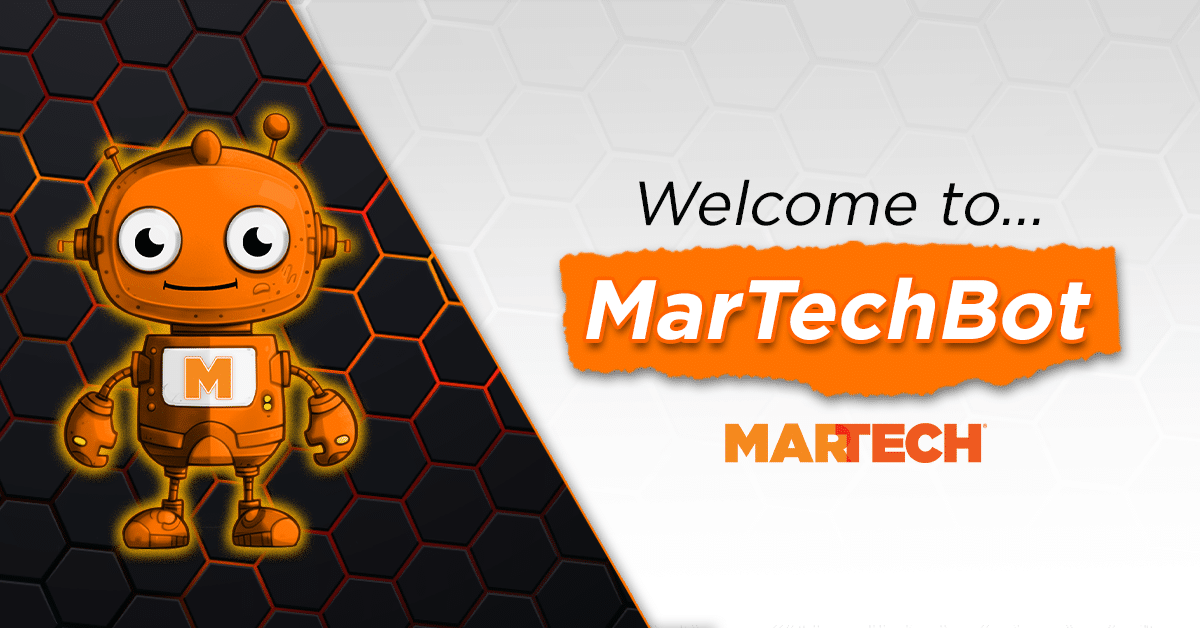Our understanding of the world is changing as daily living becomes completely digital. Today’s generation finds it impossible to imagine life without smartphones and other electronic devices. These smart devices help us with everything, including entertainment, communication, business, sports, and navigation.
As technology develops, so does the process of creating digital assets. Therefore, in this blog, let’s discuss the new product development trends for the future.
Connecting Products With Users Is The Key To Digital Product Development
All conventional business operations and service delivery models have been replaced by automation and digital transformation during the past year. All normal jobs have already moved online, as the world observes. To keep up with their rivals, businesses must always be prepared to handle the difficulties of such a circumstance.
Online or digital ecosystems have changed how consumers view products. Due to remote services, people are far away, but they are also easily accessible. This has given the development of digital products more weight to satisfy customers and compete. Having a resourceful service by brands or products to customers is now more critical than ever in digital product development.
Consumers act more frequently on landing pages and social media posts due to increased involvement through mobile apps or online applications. As a result, creating top-notch digital products and interacting with customers are now held to higher standards.
Why Are The Trends In Digital Product Development Improving?
The following are reasons for the improvement of digital product development:
To Boost competitiveness
The growth of digital products opens new avenues for expanding revenue generating and improving the consumer experience. A well-defined strategy aids in maintaining your business focus and alignment with your overall aim and consumer needs—this aids in sustaining a business’ return on investment.
Increase Effectiveness
For improved performance, businesses do not need to spend more on digital product development. The product development lifecycle is more effective when the tools, methodology, and supporting processes are effective. The idea of co-creation is influencing the development cycle as well.
To achieve mutually beneficial results, such as new product ideas, strategies to address supply chain issues, or even technical solutions to challenging manufacturing issues, this approach invites stakeholders (typically customers) to participate in designing or solving problems.
Latest Trends In Digital Product Development
Before implementing new technologies in product development, the development team must anticipate the results to foster trust and provide better results.
The following are the emerging trends shaping the future of digital product development:
Data-driven Development
Companies today have a variety of ways to collect data thanks to big data and data analytics, including mobile analytics, customer support systems, feedback from user-driven solutions, etc.
Instead of only displaying the customer population utilizing a product, gathering data that explains more about the customer behavior with digital products is always preferable.
Data science helps develop products with hypotheses and their testing, in addition to just evaluating the past and future.
Data-driven techniques are operationally successful when firms can recognize, address, and monitor the actual effects of their consumers’ problems. Data science is essential to business because it improves the analysis of digital products, boosts the effectiveness of the entire product development plan, and gives companies the ability to dominate their industry.
Distributed Teams
In the past, businesses would only outsource a small percentage of their daily operations to other locations after hiring their key personnel. However, the culture of nearshore and offshore IT outsourcing is altering the product development life cycle.
Particularly during the early stages of firm development, when it is crucial to save money and acquire the necessary skills, the entire business may be divided into functional blocks that can be outsourced to different service providers, such as app engineering, marketing, sales, customer support, logistics, and distribution.
Another trend involving remote engineering teams is using positions like CTO, Solution Architect, and Team Lead. Young businesses and startups frequently choose this option since it enables them to obtain.
Digital Product Ecosystem
Process digitization has changed how we view, use, and interact with the web and mobile apps. Innovative software solutions enable them to communicate with other devices like watches, home pods, and TVs, expanding their utility.
On the other side, as the Internet of Things (IoT) develops, customers can now order food delivery through Alexa, ask Siri to find their car, or make payments via home pod. The users adore it, which is the finest part.
The ecosystem for digital products is growing, though, for reasons other than enhancing the end-user experience. Intellectual property sharing with other businesses is accepted by stakeholders, making mutually beneficial collaboration between companies commonplace.
Security Awareness
The product owner must know how data is transferred throughout the program and how to safeguard the data block. Access control must be applied early in the life cycle of a product, as organizations are starting to realize.
They should encompass release upgrading protocols, password management, access to production data, and disaster and risk mitigation. Someone must be in charge of monitoring how the rules are put into practice.
The company approval before release is another step that can be taken to make penetration testing more natural. These steps can help businesses reduce the chance of data leakage and stop security breaches.
Technical expertise and execution for the crucial product responsibilities
Businesses are beginning to understand that expertise among CEOs and familiarity with the production of digital goods are the most important criteria. Three or more years of experience in specialism was one of the key job requirements for the management role. However, spending time in one area does not guarantee that a person can make your product successful.
The project, product, and delivery managers, product owners, and chief product officers are significant. In two months, you can learn everything there is to know about a new field, but you can’t train someone to be an executor in that time. Otherwise, it will be a never-ending hand-holding process.
It may not be necessary to master all programming languages, but it is imperative to comprehend the basics of computer science. Technical knowledge may provide you with a thorough understanding of how the features of your product will be implemented, which is essential not only for product management positions but also for.
This technique makes the delivery of next-generation product experiences possible by enhancing collaboration with software developers. For products connected to technology, this is especially true.
Conclusion
The most obvious of all these most recent digital product development trends is when you start to consider them. In general, the parameters of digital products have altered, as has the product owner’s perspective.
Strategic thinking, a can-do attitude, and a tech background have emerged as the three most crucial qualifications for agile product owners of digital assets. Companies are beginning to see its benefits and changing how they view it.
























































![Social Media Spring Cleaning [Infographic] Social Media Spring Cleaning [Infographic]](https://imgproxy.divecdn.com/9e7sW3TubFHM00yvXe5zvvbhAVriJiGqS8xmVFLPC6s/g:ce/rs:fit:770:435/Z3M6Ly9kaXZlc2l0ZS1zdG9yYWdlL2RpdmVpbWFnZS9zb2NpYWxfc3ByaW5nX2NsZWFuaW5nMi5wbmc=.webp)
![5 Ways to Improve Your LinkedIn Marketing Efforts in 2025 [Infographic] 5 Ways to Improve Your LinkedIn Marketing Efforts in 2025 [Infographic]](https://imgproxy.divecdn.com/Hv-m77iIkXSAtB3IEwA3XAuouMwkZApIeDGDnLy5Yhs/g:ce/rs:fit:770:435/Z3M6Ly9kaXZlc2l0ZS1zdG9yYWdlL2RpdmVpbWFnZS9saW5rZWRpbl9zdHJhdGVneV9pbmZvMi5wbmc=.webp)












